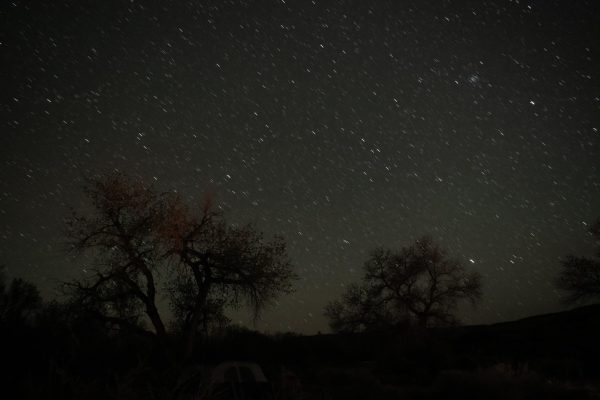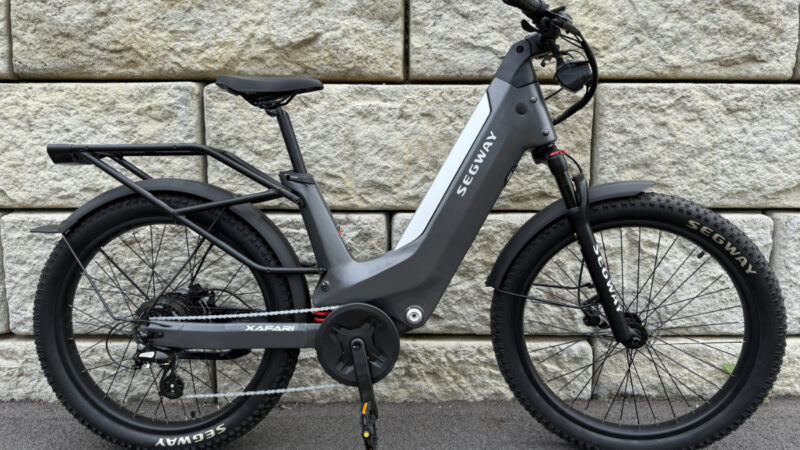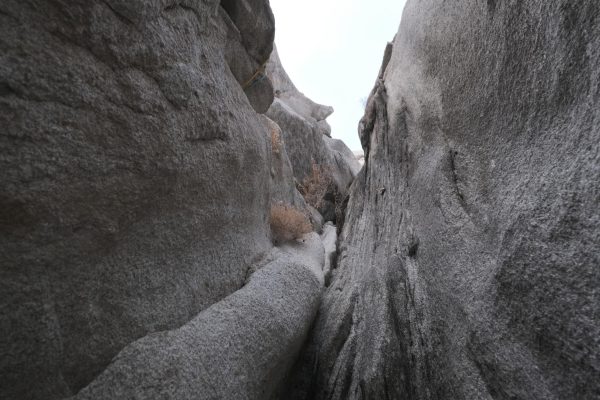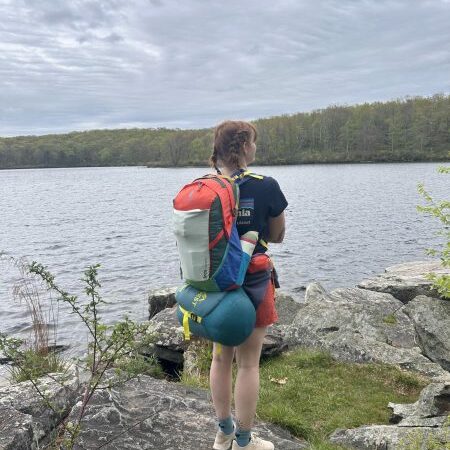National Park or National Forest? A Photo Debate
Yellowstone National Park is one of the most visited parks in the United States and is often a natural choice for people wishing to see wildlife in the great outdoors. With 4.86 million visitors in 2021, Yellowstone can be so busy that entry is limited to odd or even license plate numbers. But is it necessary to deal with the potential 30 minutes of stopped traffic for a few buffalo on the side of the road? Can one avoid the crowds and make their wildlife adventure on par with a trip through a national park?
I decided to answer these questions for myself. I planned to drive through the Caribou Targhee National Forest in Idaho and the West Yellowstone area before heading into Yellowstone National Park and Grand Teton National Park. Finally, I planned to explore Bridger Teton National Forest.
Day 1: Salt Lake City to Pole Bridge Campground, Caribou Targhee National Forest, Idaho
After driving for over three hours, I finally passed through the town of Ashton and entered the forest’s southern border. The beautiful Mesa Falls Scenic Byway starts just east of the city and takes you north through the woods. I used the byway as a launching point, exploring nearly every side dirt road I could find. I usually try to cover as much ground as possible when looking for wildlife. Since this was my first time in the area, every turn was new for me to explore. I was almost to camp when a black bear stepped onto the road about 100 yards from me. We both looked at each other for a minute, and then he was gone. Although short, this encounter was an excellent starting point for the trip. After seeing the bear, I continued to explore the area and came across two Dusky Grouse on the edge of the tree line.
Day 2 Part 1: Polebridge Campground to West Yellowstone
The following day was an early one as I wanted to get out exploring with the hope of finding a bear. As I moved north through the forest, mule deer seemed to multiply in front of me as they were nearly everywhere I looked. The rest of my time in the forest seemed to be either a mule deer or cow kind of day.
Leaving the Mesa Falls Scenic Byway and hopping onto Highway 20 was the next phase of my trip, and I wanted to explore the areas just outside of Yellowstone. Along the way, I pulled over at the Buffalo River crossing, hoping I was correct in thinking I saw an otter. To my surprise, there was no otter but two garter snakes wrapped up together in some tall grass. After struggling to take a photo of the snakes, I looked up to see several cliff swallows.
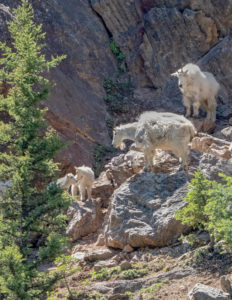 Day 2 Part 2: West Yellowstone and Southern Montana
Day 2 Part 2: West Yellowstone and Southern Montana
After reaching the town of West Yellowstone, I decided to stop at the U.S. Forest Service office just north of town to get some advice. I explained to them my goals, and they gave me some suggestions. It’s always good to stop at ranger stations as they have so much knowledge of the area and are more than happy to help.
I followed their suggestions to go north towards Hebgen Lake to a location that usually had mountain goats nearby. Upon arriving at the site, expecting to see only a few goats, I found a large herd with three kids high up along the cliffside. Seeing the mountain goats walking along the cliff was excellent, but to my surprise, they started moving down to the water for a drink. It was amazing to be so close to the goats.
Day 2 Part 3: Yellowstone and Grand Teton National Park to Bridger-Teton National Forest
The sight of cars and hikers dominated the travel through both parks. There seemed to be an endless supply of barriers between myself and wildlife. I didn’t stop to do the typical Old Faithful hike. I was focused on searching for wildlife but didn’t find any besides some buffalo. I could have gotten onto a trail and left the packed roads, but I also had my dog with me, and they are not allowed on trails.
The Tetons have always been a hotbed of finding wildlife for me, and this time was no different. There were pronghorn, mule deer, elk, and even a cute little chipmunk that wanted to say hi to my dog. I did go off looking for moose and bears but did not find any. That evening a storm started moving into the area and provided a fantastic opportunity to photograph the mountains.
Final Thoughts
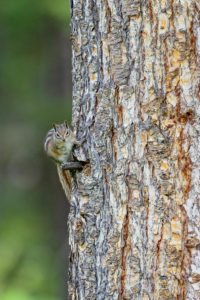 The trip was enjoyable, and I had experiences that aren’t common in Utah, as species like bears are hard to find. I certainly made my mistakes and had numerous mosquito bites to prove it. But there was a true sense of two big lessons learned. National forests can lead to some genuinely unique one-on-one encounters with nature. The downside is that they are used for other things like cattle grazing and logging, leading to some less ideal conditions for finding wildlife. National parks, however, have their issues. They are certainly more strict on land use, which is nice, but I also couldn’t take my dog with me on a hike. The number of people in the parks also didn’t lend itself to the peaceful encounters with nature I wanted. I left the parks thinking the only way to explore them was on foot, far from the roads.
The trip was enjoyable, and I had experiences that aren’t common in Utah, as species like bears are hard to find. I certainly made my mistakes and had numerous mosquito bites to prove it. But there was a true sense of two big lessons learned. National forests can lead to some genuinely unique one-on-one encounters with nature. The downside is that they are used for other things like cattle grazing and logging, leading to some less ideal conditions for finding wildlife. National parks, however, have their issues. They are certainly more strict on land use, which is nice, but I also couldn’t take my dog with me on a hike. The number of people in the parks also didn’t lend itself to the peaceful encounters with nature I wanted. I left the parks thinking the only way to explore them was on foot, far from the roads.
Overall, I learned a lot about the area and answered my question. It is possible to have a similar experience in a national forest as in a national park. I spent most of my time in the national forest around Yellowstone, and I still had frequent encounters with the wildlife found within the park. However, I’ll admit that finding bears in the national forest proved to be a more challenging task than I initially thought. I guess I now have a reason for a new adventure.
The post National Park or National Forest? A Photo Debate appeared first on Wasatch Magazine.
Source: https://wasatchmag.com/national-park-or-national-forest-a-photo-debate/


